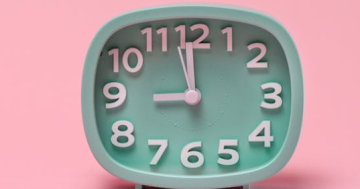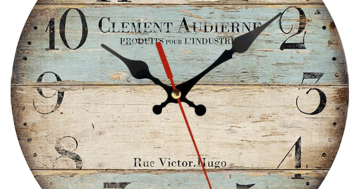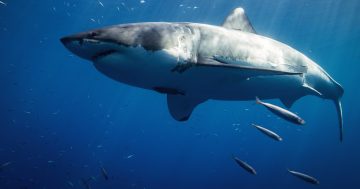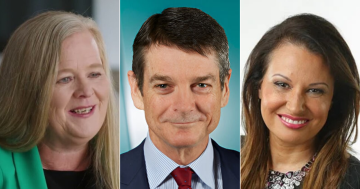 1. This week 10 years ago, a joint initiative of the Rural Industries Research and Development Corporation and Horticulture Australia Limited developed new smartphone apps to immediately detect an exotic bee or bee-pest incursion on Australia’s shores.
1. This week 10 years ago, a joint initiative of the Rural Industries Research and Development Corporation and Horticulture Australia Limited developed new smartphone apps to immediately detect an exotic bee or bee-pest incursion on Australia’s shores.
The program run by the National Centre for Engineering in Agriculture at the University of Southern Queensland placed bait boxes near Australian ports to attract bees arriving on vessels that could potentially carry pests such as the Varroa mite; however, initially the boxes were monitored manually, which was time-intensive, expensive and irregular.
The new apps meant remote monitoring would provide a lower cost and more effective alternative, potentially saving time and money, improving biosecurity, and allowing researchers to monitor the boxes 24/7.
2. According to Minister for Immigration and Citizenship, Brendan O’Connor a new report revealed Asia was becoming a leading source for permanent migration to Australia, with India and China the two main source countries for the first time.
Mr O’Connor said between 1996 and 2011, Australia’s overseas-born population grew by more than 40 per cent and seven of the top 10 source countries in 2011–12 were in Asia. He said the report also showed patterns of migration were changing.
“In 2011–12, half of Australia’s skilled migrants applied while they were already living in Australia on a temporary visa, which reflects a growing trend of migrants seeing what Australia has to offer before making a commitment to settle permanently,” Mr O’Connor said.
3. The Office of the Australian Information Commission (OAIC) launched a new website providing a one-stop shop for information about privacy, freedom of information (FOI) and information policy.
Australian Information Commissioner, Professor John McMillan said the new website further integrated the OAIC’s three functions, enabling business, Agencies and individuals to access information about privacy, FOI and information policy in one place.
“While the structure and content of the website is a significant change for the OAIC’s stakeholders, we have ensured that our website’s structure is very clear so that content is even easier to find,” Professor McMillan said.
4. An audit report found the NSW National Parks and Wildlife Service (NPWS) was spreading its resources too thinly, running the risk that the heritage significance of important assets would be lost.
The State’s Auditor-General, Peter Achterstraat said the NPWS had more than 11,000 items of historic heritage under its care and needed to target its top sites.
Mr Achterstraat said only 12 per cent of the 223 parks that needed to manage historic heritage had adopted a comprehensive approach, while 51 per cent adopted a reactive approach or undertook little or no management.
“NPWS needs to make the difficult decisions about what sites to spend its money on and continue to look for creative ways to preserve historic heritage,” Mr Achterstraat said.
“If we don’t use our heritage places, we are at risk of losing them.”
5. The Victorian Equal Opportunity and Human Rights Commission released a report on the experiences of racism and racial and religious vilification in Victoria that showed that racism occurred in many parts of life: at work and school, walking down the street, catching a tram, going to the shops and playing sport.
Acting Commissioner, Karen Toohey said the research also found that racism was increasingly prevalent in online environments and that the negative racial stereotypes portrayed in the mainstream media could create and deepen divisions within the community.
Ms Toohey said the Commission’s study found that racism was most likely to occur at work and on the street, with verbal abuse the most common form of racism.
6. And a decade ago in South Australia, a ceremony marked the start of construction of the Aboriginal and Torres Strait Islander War Memorial at the Torrens Parade Ground, while a Register of Aboriginal Veterans in the State was also being created to identify the number of Aboriginal people who had served, as many were not able to declare their Aboriginality when enlisting.
Minister for Veterans’ Affairs, Jack Snelling said until recently the armed forces service of many Aboriginal South Australians had not been recognised.
“It’s a great shame that Aboriginal and Torres Strait Islander men and women served at a time when they did not enjoy full constitutional rights,” Mr Snelling said.
“The memorial will be an enduring symbol of respect and will offer a peaceful setting to contemplate those who died in combat.”








